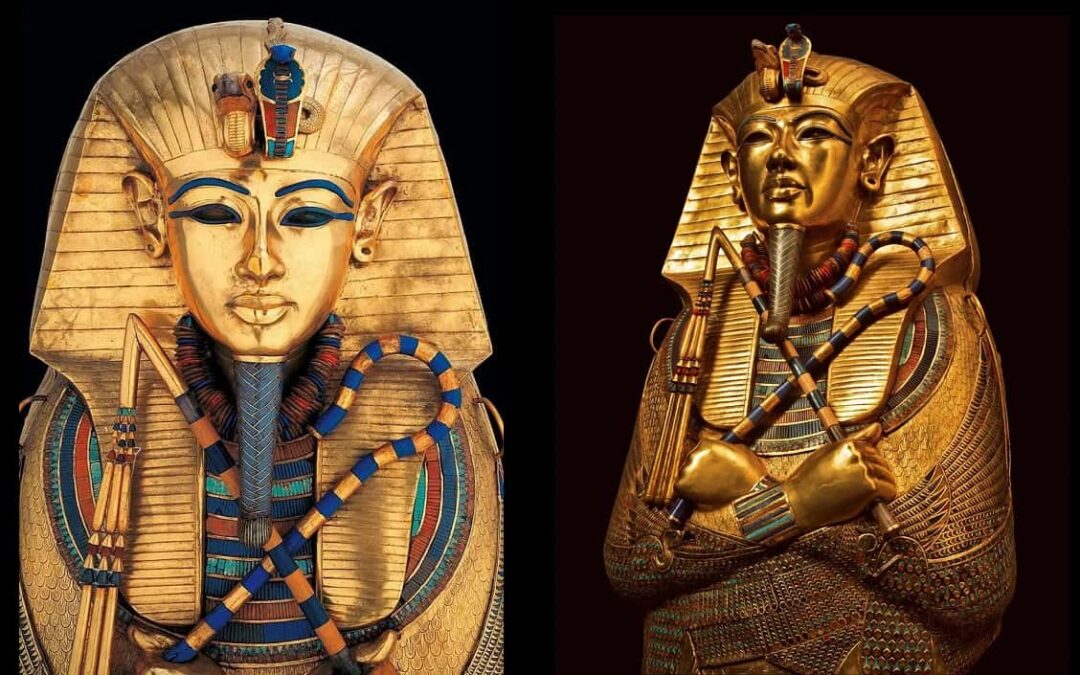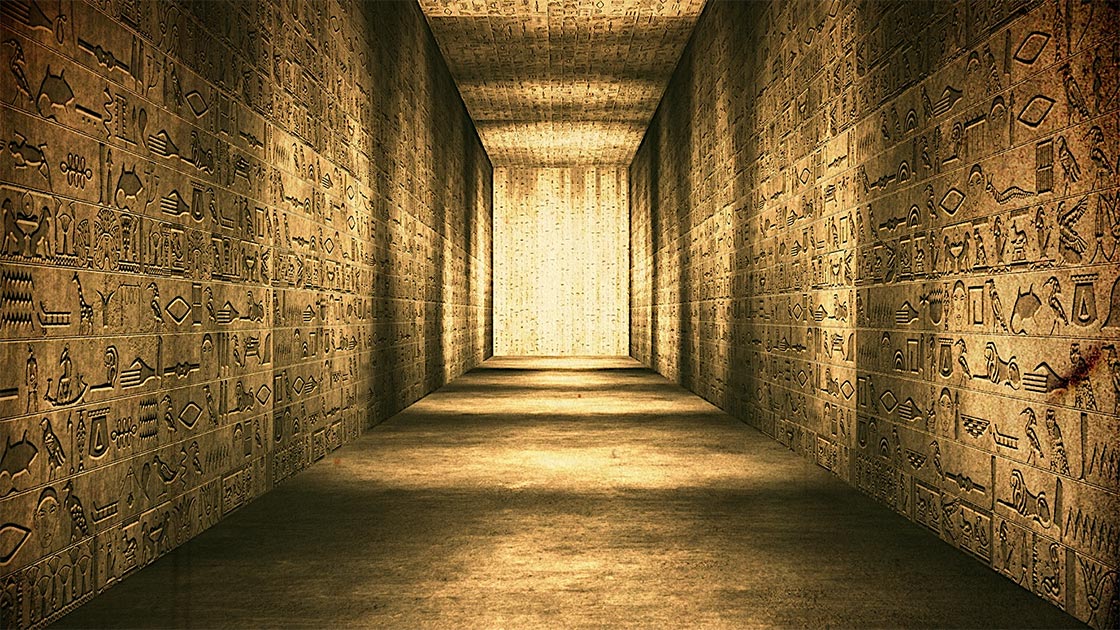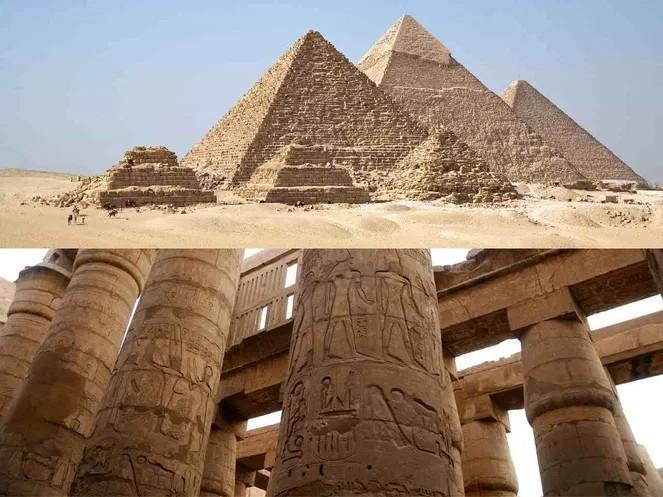So, what precisely makes a fossil famous? Is it thrust into the limelight because of its scientific importance or because of the miraculous manner in which it was found? Or maybe it’s the moment when the discovery was created. We would argue it’s a combination of all three.
When you think of it, the fossils are amazing. Organic materials turned into stone and give a glimpse of the animals on the planet century ago.
As if that wasn’t amazing enough, the odds that a single organism will die at just the right time and in just the right place to be fossilized are infinitesimally small – and yet obviously it happens.
When considering the odds of any individual animal turning to rock, it makes some of these fossil finds even more mind-blowing. Whether it’s the exquisite level of preservation showing a moment of ancient behavior frozen in time or simply a find that no one expected, these are a snapshot of some of the most impressive fossil finds.
Nodosaur fossil
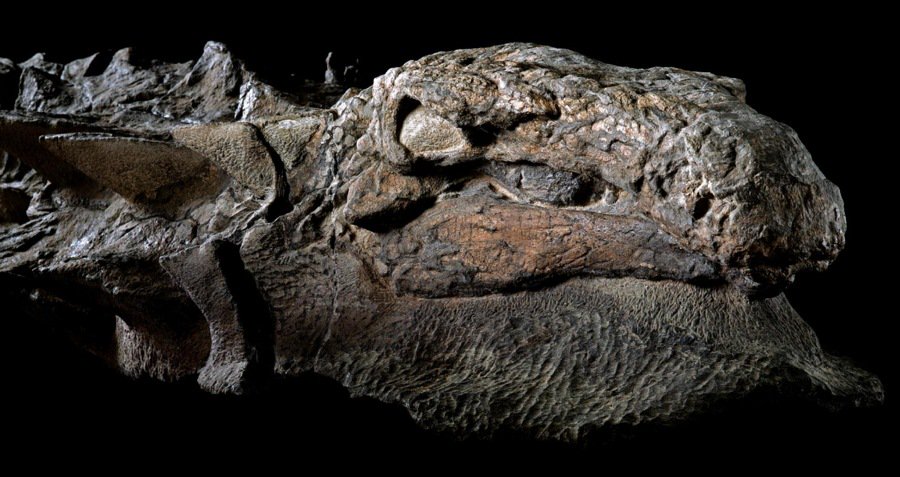
One of the best dinosaur fossils ever discovered (main image), the preservation of the unfortunate nodosaur that died some 110 million years ago is unlike anything seen before.
Most fossils are made up of just a few pieces of bone and teeth, but this incredible find details the skin and armor of the animal from the tip of the head to the hip. Even the pads on the bottom of the feet can be seen.
Fossil beetles
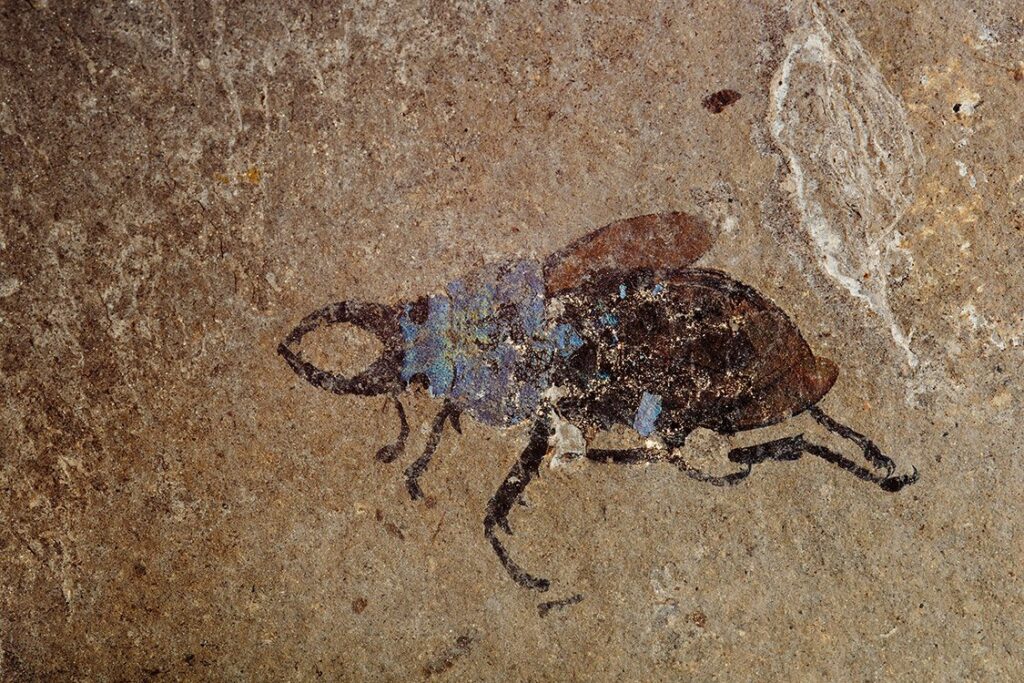
Some of the most common questions when it comes to long-extinct creatures are those that relate to what color these ancient beasts once were.
Recent advances in technology mean that paleontologists are just starting to figure out what patterns dinosaurs may have had based on the fossilized remains of pigments. However, some animals use structural colors and in some cases, such as these stunning beetles, the metallic structural colors survived the fossilization process, meaning we don’t have to imagine what they once looked like.
Fish-eating a fish-eating pterosaur
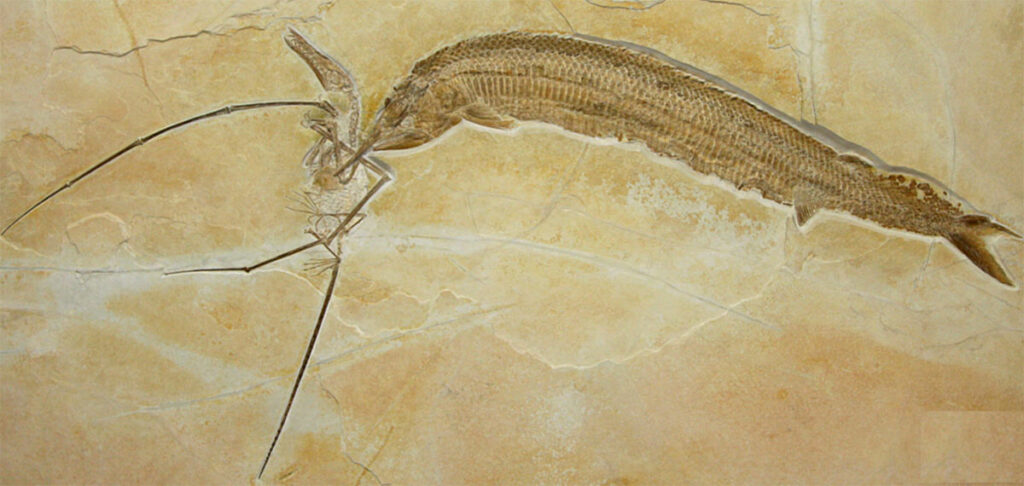
Usually, when studying fossils, you have to build up a picture of what the ecology at the time looked like based on what animals and plants are found in association with each other.
But every so often by some truly astonishing act of serendipity, you get fossils like this. As a pterosaur skipped the water and caught a small fish, a second much bigger fish launched from the water and grabbed the pterosaur itself, an encounter that ended fatally for all involved.
Ichthyosaur live birth

The discovery of an ichthyosaur giving birth proved once and for all that, despite evolving from egg-laying reptiles, the ocean-going creatures did not come ashore like turtles to reproduce. Instead, they gave birth to live young at the surface of the water, like whales and dolphins. It is now thought that early ichthyosaurs initially gave birth head first, before later evolving to deliver babies tail first as would make sense for the air-breathing creatures.
Dinosaur tail in amber
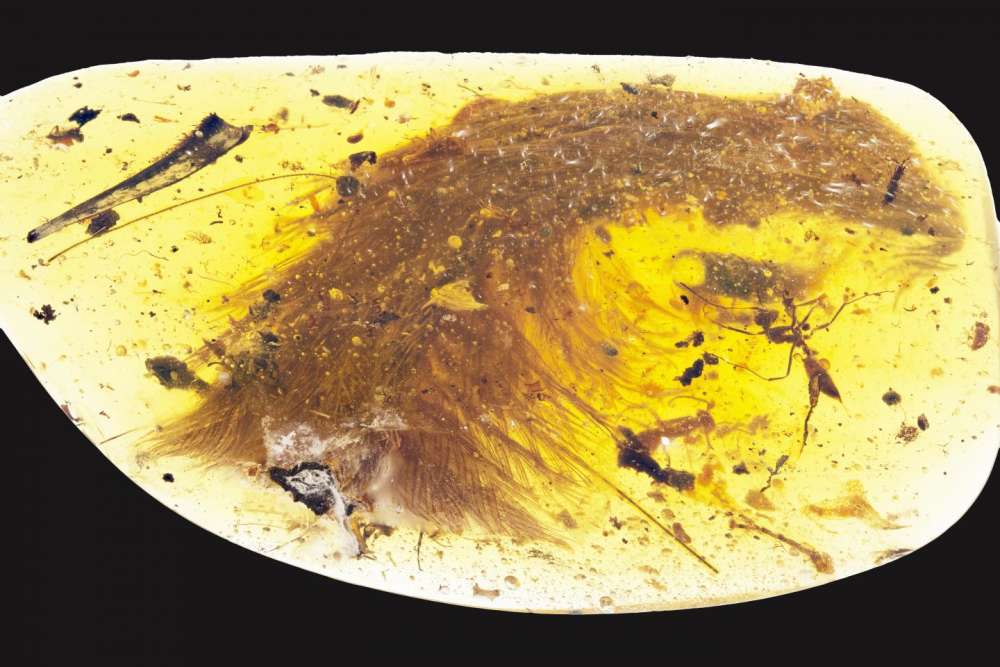
We’re used to looking at the cold, hard stone when it comes to the remains of dinosaurs, but one astonishing find changed that forever. Dating to an incredible 99 million years old, the actual tail of a dinosaur was found trapped in amber – soft tissue, bones, feathers, and all.
Probably coming from a dinosaur the size of a sparrow, it gives researchers an idea of how the animal’s feathers were arranged in three-dimensions and opens up a whole new avenue for how paleontologists study dinosaurs. Already researchers are scouring the markets of Myanmar on the hunt for more preserved dinosaurs.
Laetoli footprints
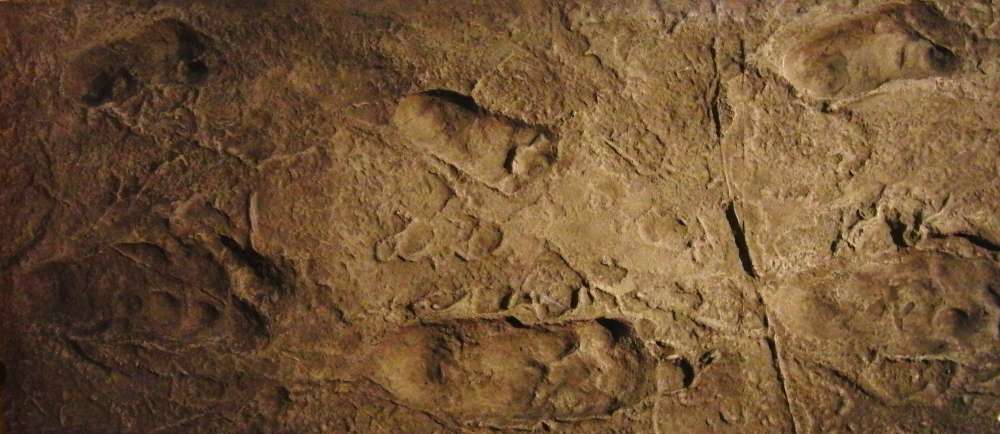
Quite naturally, we are overly obsessed with the origins of our own species. The discovery of the Laetoli footprints in 1976 provided conclusive evidence that our distant ancestors were walking bipedally at least 3.7 million years ago.
The incredible footprints were most likely made by an Australopithecus afarensis, who walked over a layer of ash following the recent volcanic eruption. Light African rains likely dampened the ash, turning it in effect into clay and perfectly capturing the moment three hominins walked across the landscape so long ago.
Dinosaur blood and collagen
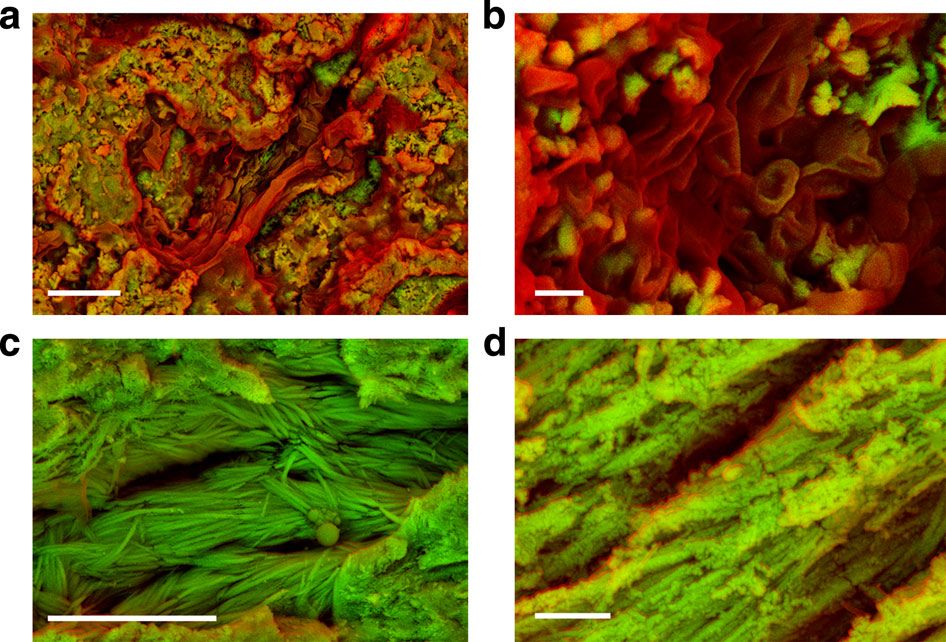
Most of the time, researchers studying dinosaurs only have bones to go on (apart from the occasional dismembered dinosaur body part trapped in amber (see above). So when scientists accidentally discovered that a “crap” fossil dug up in Canada contained what appeared to be 75-million-year-old dinosaur blood and collagen, it was something of a surprise to be sure. It opens up the possibility that museums and collections right around the world may be holding fossils that contain a wealth of soft tissue preserved within them.
Real-life “Hobbits”
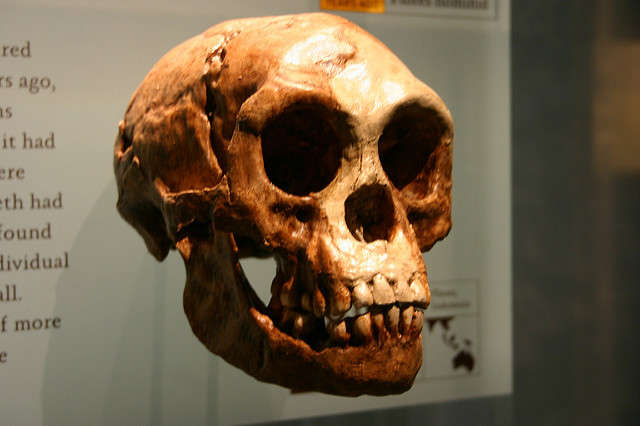
When researchers announced the discovery of fossils from “hobbit” people on the Indonesian island of Flores, it sent shockwaves through the world of anthropology.
Many dismissed the fossils of Homo floresiensis as either a hoax, diseased humans, or children, but sure enough, it was eventually proved that a miniature species of ancient human once existed and possibly even came into contact with our own ancestors.
Ancient Volcanic Ashbed in Nebraska
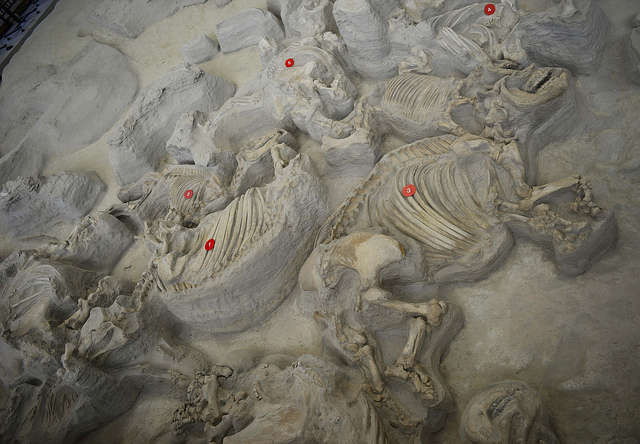
Compared to dinosaur fossils, the Ashfall Fossil Bed is a baby, but it makes up for what it lacks in age by how incredible it is.
Around 12 million years ago, a volcanic eruption killed over 200 animals – including rhinos, early horses, long-necked camels, and cranes – after they inhaled and then were buried by the fine ash. Their perfectly preserved and fully articulated skeletons are still being dug up 40 years after the bone site was first discovered.

